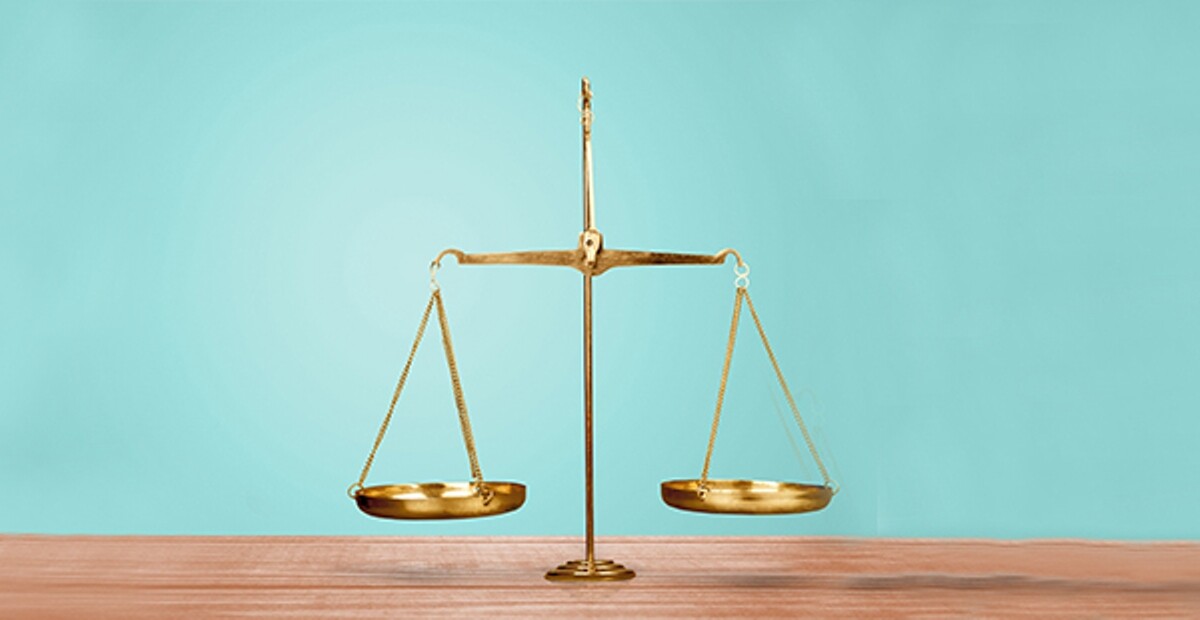In the past, banks and financial institutions had difficulties recovering loans they had advanced to individuals or businesses. In India, non-performing assets (NPAs) and bad loans are a constant source of trouble for banks. Prior to 1993, such cases were often listed in civil courts, where they would drag on for years.
As a result, banks and financial institutions stopped advancing loans. In order to recover the money from borrowers, an effective system was needed. The Recovery of Debts Due to Banks and Financial Institutions Act (RDDBFI), 1993 led to the formation of Debt Recovery Tribunals (DRTs).
The Recovery of Debts Due to Banks and Financial Institutions (RDDBFI) Act was passed forming the Debt Recovery Tribunal to assist banks and financial institutions in recovering loans. Appeals from Debt Recovery Tribunal orders can be made to the Debt Recovery Appellate Tribunal. It is now possible for DRTs to take cases against banks for disputed loans over Rs 20 lakhs.
What is the DRT?
It is a specialized tribunal that focuses on the recovery of debts due to banks and provides a more efficient means for banks and financial institutions to recover outstanding loans. In cases where a party disagrees with the DRT’s decision, they can file an appeal with the Debt Recovery Appellate Tribunal (DRAT). This process has played a vital role in the recovery of debts and in addressing the challenges faced by banks in managing bad loans.
The Debt Recovery Tribunal (DRT), established under the Recovery of Debts Due to Banks and Financial Institutions Act, 1993, plays a crucial role in that of debt recovery tribunal due to banks, financial institutions and bankruptcy act 1993. The tribunal provides a legal platform for resolving disputes and recovering defaulted loans, ensuring that banks can recover debts owed by borrowers efficiently. The act empowers the tribunal to pass orders for the recovery of debts, offering a faster alternative to traditional court proceedings.
What are Debt Recovery Tribunals (DRT)?
In Debt Recovery Tribunals (DRTs) and Debts Recovery Appellate Tribunals (DRATs), one person is designated as the presiding officer of the debt recovery tribunal and the chairperson for the debts recovery appellate tribunal by the Central Government. This ensures that there is a designated authority to oversee the resolution of debt recovery cases.
In the recovery tribunals, claims up to ten lakh rupees were previously adjudicated, but a new limit of twenty lakh rupees was introduced in 2018. In the case of debt recovery disputes, the DRT issues an order and a recovery certificate of the recovery, which certifies the amount that must be paid by the borrower. Recovery Officers execute this procedure based on income tax recovery methods. Currently, there are 39 recovery tribunals DRTs and 5 debts recovery appellate tribunals (DRATs) in India.
The Role of DRTs
Through DRT, banks, and financial institutions can recover money owed to them by borrowers. Under RBI guidelines, the Tribunal can only resolve cases about recoveries from NPAs, as stated by the banks. Tribunals have all the powers of District Courts. Furthermore, the Tribunal has a Recovery Officer who assists the Presiding Officers in executing recovery certificates.
Debt Recovery Tribunals (DRTs) play a vital role in the adjudication and recovery of debts owed to banks and financial institutions. They are designed to ensure the expeditious adjudication and recovery of such debts, providing a faster alternative to traditional court systems.
DRT jurisprudence
As per section 17 of the RDDBFI Act, DRT may entertain applications for the recovery of debts due to banks or financial institutions. In addition to the Supreme Court and the High Court, all other Courts cannot adjudicate on matters relating to debt recovery. Only the Supreme Court and High Court can grant relief from the DRAT’s order.
DRT according to procedure
A direct application can be made to DRT or a SARFAESI application can be made.
Application Route
Application and payment of the required fees are required for the recovery process through the DRT. The DRT location chosen under this route is important. Currently, 33 DRTs are located in 22 locations. In section 19 of the RDDBFI Act, the prerequisites for choosing a DRT are outlined. In the region where the financial institution carries out business, a bank or financial institution can apply to a DRT with jurisdiction. It is also possible to file an application to a specific DRT if the cause of action falls within its jurisdiction.
SARFAESI Route
The SARFAESI Act states that after a loan is classified as a Non-Performing Asset (NPA) by the secured creditor, a notice must be sent to the borrower. The borrower must be given a 60-day period to repay the loan in full. The creditor would be entitled, if the borrower did not comply with it, to take ownership of the secured asset under Section 13(4) of the Act, which includes the right to lease the asset, to assume management of the business, or to appoint someone else to manage it.
Service of summonses and notices
A notice will be issued by the Registrar of DRT or any other officer authorized by the Presiding Officer and served on the defendant by the applicant. As well as the summons, the petition book is also served by hand, registered post with acknowledgment due, or speed post. Summons and Notices may be sent electronically or by fax, but a paper copy must be sent to the defendant. When a summons or notice is sent by mail, an affidavit must specify the method of dispatch and the address of the mailing.
Presiding officer’s hearing of the case
Filing of reply
Responding to the notice within one month of receiving it is the defendant’s responsibility. After some time, the defendant can file a reply with the DRT’s permission. The defendant cannot file his reply after the extension of time, so the DRT may proceed ex parte.
Counterclaims
Defendants can only file counterclaims at the first hearing. The request would then need to be approved by DRT. Counterclaims will have the same effect as countersuits in any proceeding.
Defendant’s admission of liability
An order instructing the defendant to pay the required amount within 30 days of DRT would be passed by the Presiding Officer if the defendant admits his liability.
The affidavit
In situations where the defendant denies his commitment, the Presiding Office may require the parties to him to file an affidavit for proof, which will be read during the hearing according to DRT’s wishes. The DRT may order a witness to be present for cross-examination, which must be recorded, and if the witness is not present at the hearing, the affidavit will not be considered.
There has been an interim order issued by the DRT
Under Section 19(12) of RDDBFI, the DRT may issue an interim order preventing the defendant from disposing of or transferring his property without the Tribunal’s consent. A defendant who disobeys the order may also be imprisoned for a period of three months under Sections 19(12), 19(13) and 19(18) of the SARFAESI Act.
Certificate of Judgment and Recovery from DRT
The DRT would pass the final judgment within 30 days after hearing both parties and their submissions. Within 15 days from the date of judgment, DRT will issue a Recovery Certificate to the Recovery Officer. RC will function in the same way as a civil court’s ruling.
An appeal
In case of a dispute between an aggrieved party and the Debt Recovery Tribunal (DRT), the aggrieved party can appeal against the DRT’s decision within 30 days of the DRT’s decision.
An appeal, however, will not be entertained if the DRT’s judgment was discharged with both parties consent. In the event the DRAT is satisfied that there was a sufficient reason for the appeal, he will entertain it after 30 days.
Conclusion
Debt Recovery Tribunals have been established to provide financial bodies with a faster and more efficient method of recovering debts. To appeal against DRT decisions, debt recovery appellate tribunals have been set up. As a result, civil courts have been less burdened.
FAQs on the Functioning of Debt Recovery Tribunals in India
1) What is the role of the Debt Recovery Tribunal (DRT) in the enforcement of security?
The DRT plays a crucial role in the enforcement of security by ensuring that banks and financial institutions can recover non-performing assets (NPAs) from defaulting borrowers. The DRTs are empowered under the RDB Act to pass orders related to the enforcement of security interests.
2) How does the establishment of tribunals help in debt recovery?
The establishment of tribunals, such as DRTs and DRATs, is aimed at speeding up the recovery process for banks and financial institutions. It provides a specialized platform to resolve cases related to debt recovery in an efficient and timely manner.
3) What are the powers of Debt Recovery Tribunals (DRTs) under the RDB Act?
Under the RDB Act, DRTs have the power to entertain applications related to the recovery of debts owed to banks and financial institutions. The tribunals are empowered to pass binding orders on these matters, including the enforcement of securities and adjudication of claims.
4) What is the role of the Debt Recovery Appellate Tribunal (DRAT)?
DRTs and DRATs work in tandem, where DRTs handle the initial adjudication of debt recovery cases, and the DRAT hears appeals against the decisions of the DRTs. DRATs ensure that justice is served by reviewing the cases impartially.
5) What happens if there is a dispute over a DRT decision?
If there is a dispute over a DRT’s decision, the aggrieved party can file an appeal with the Debt Recovery Appellate Tribunal (DRAT). The appeal must be filed within 30 days, and the DRAT reviews the case based on the grounds provided.
6) How does the presiding officer of DRT handle cases related to non-performing assets?
The presiding officer of DRT has the responsibility to review cases related to non-performing assets (NPAs) and issue recovery orders. The officer ensures that the legal procedures are followed in the recovery of dues from defaulting borrowers.




